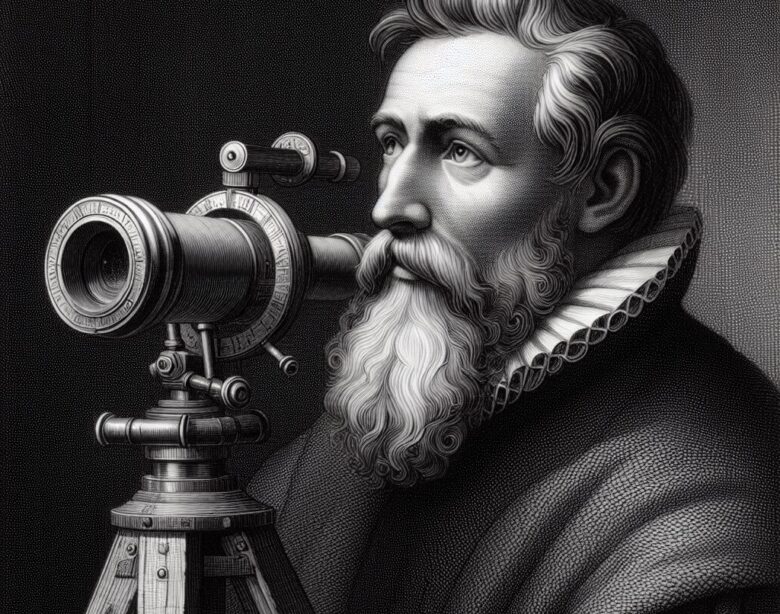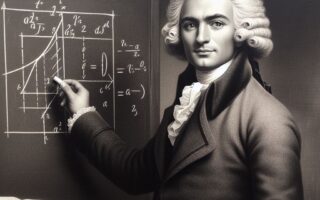Pioneering the Path of Planetary Motion
Johannes Kepler, born on December 27, 1571, in Weil der Stadt, Germany, was a pivotal figure in the scientific revolution of the 17th century. His early life was marked by personal and intellectual challenges, including his father’s absence and his mother’s struggles to support the family. Despite these difficulties, Kepler displayed a remarkable aptitude for mathematics and science from a young age.
The Influence of Copernicus
During his studies at the University of Tübingen, Kepler encountered the work of Nicolaus Copernicus, whose heliocentric model of the solar system profoundly influenced his thinking. This encounter sparked Kepler’s lifelong interest in astronomy and set him on a path of scientific discovery.

Kepler’s Laws of Planetary Motion
Kepler’s most significant contributions to astronomy came during his time as the imperial mathematician to Emperor Rudolf II in Prague. It was here that he analyzed the astronomical observations of Tycho Brahe, leading to the formulation of his three laws of planetary motion.
Kepler’s first law states that the planets move in elliptical orbits around the sun, with the sun at one of the foci of the ellipse. This law replaced the traditional circular orbits of the Ptolemaic model with a more accurate description of planetary motion.
His second law, known as the law of equal areas, describes how a line segment joining a planet and the sun sweeps out equal areas in equal intervals of time. This law explains the varying speed of planets in their orbits and provides further evidence for the heliocentric model of the solar system.
Kepler’s third law, published in 1619, relates the orbital period of a planet to its distance from the sun. This law, now known as the harmonic law, was a groundbreaking achievement that laid the foundation for Isaac Newton’s later work on universal gravitation.
Contributions to Optics and Mathematics
In addition to his work on planetary motion, Kepler made significant contributions to optics and mathematics. He was the first to explain how the human eye forms images and developed a new type of telescope, known as the Keplerian telescope, which used convex lenses to produce clearer images than the traditional Galilean telescope.
Legacy and Impact
Kepler’s work revolutionized our understanding of the cosmos and laid the foundation for modern astronomy. His laws of planetary motion provided a theoretical framework that paved the way for Isaac Newton’s theory of universal gravitation. Kepler’s insights into the nature of the universe continue to inspire scientists and astronomers to this day, making him one of the most influential figures in the history of science.
Additional Resources:
Galileo vs Keplarian telescopes




